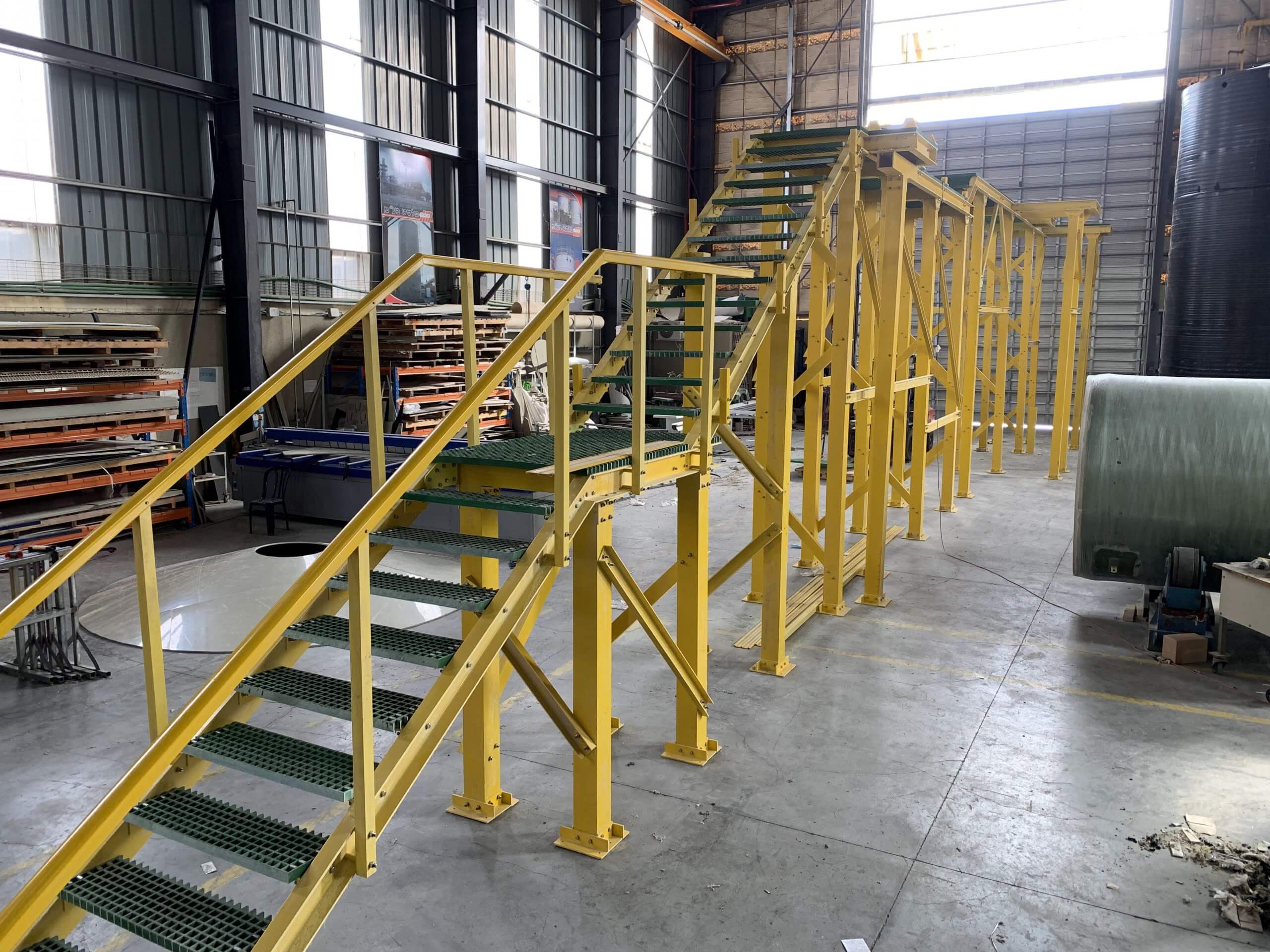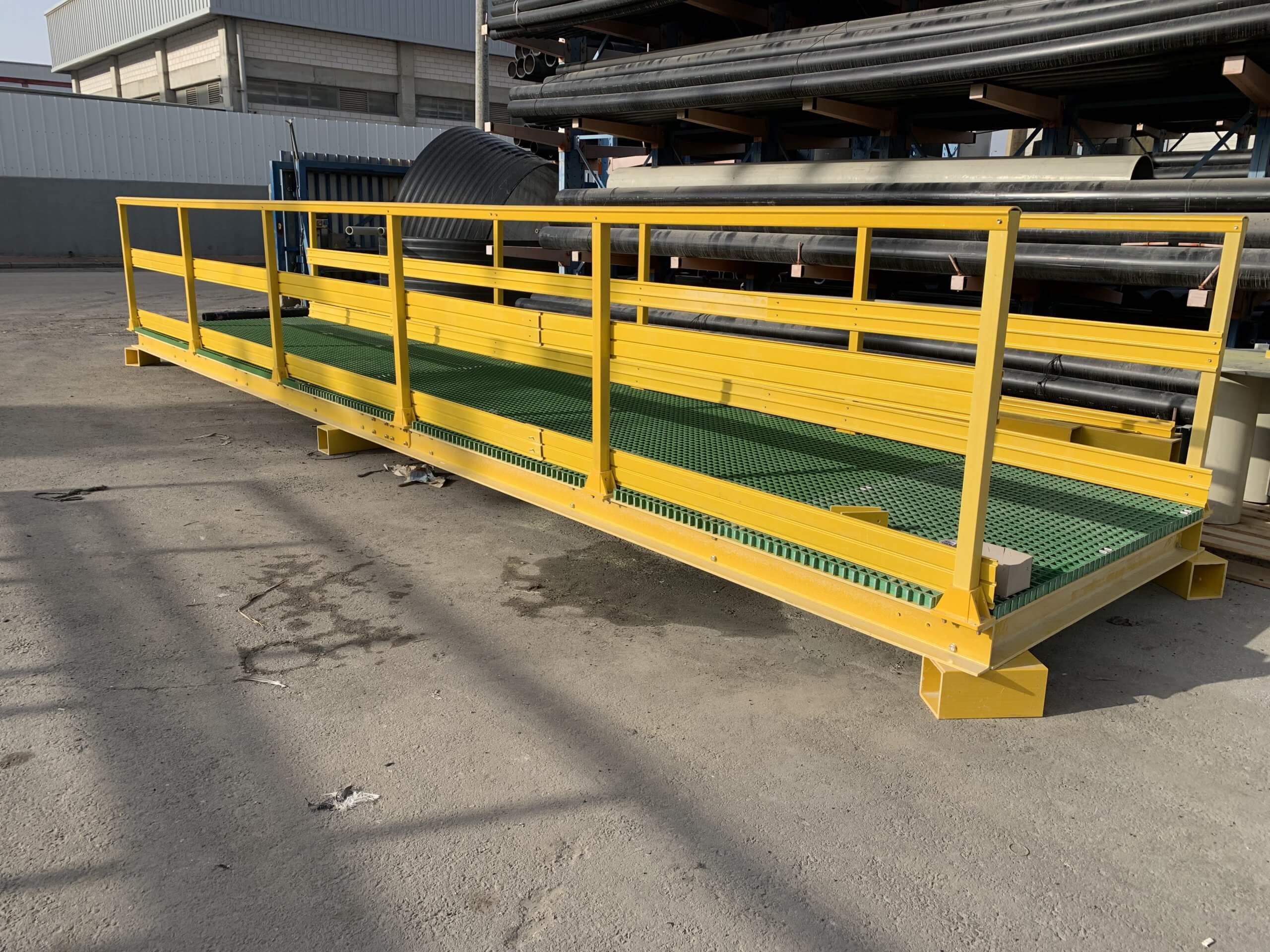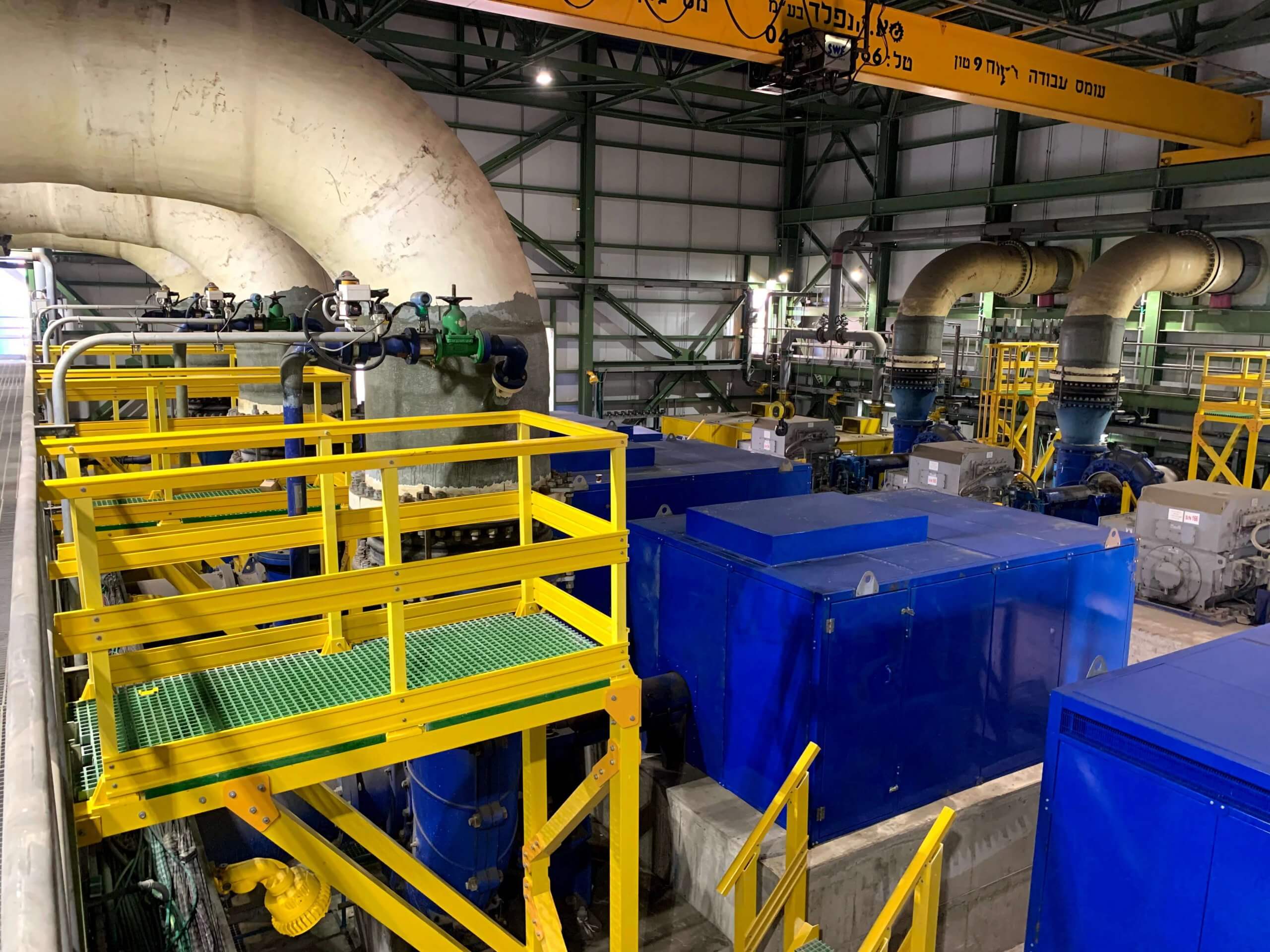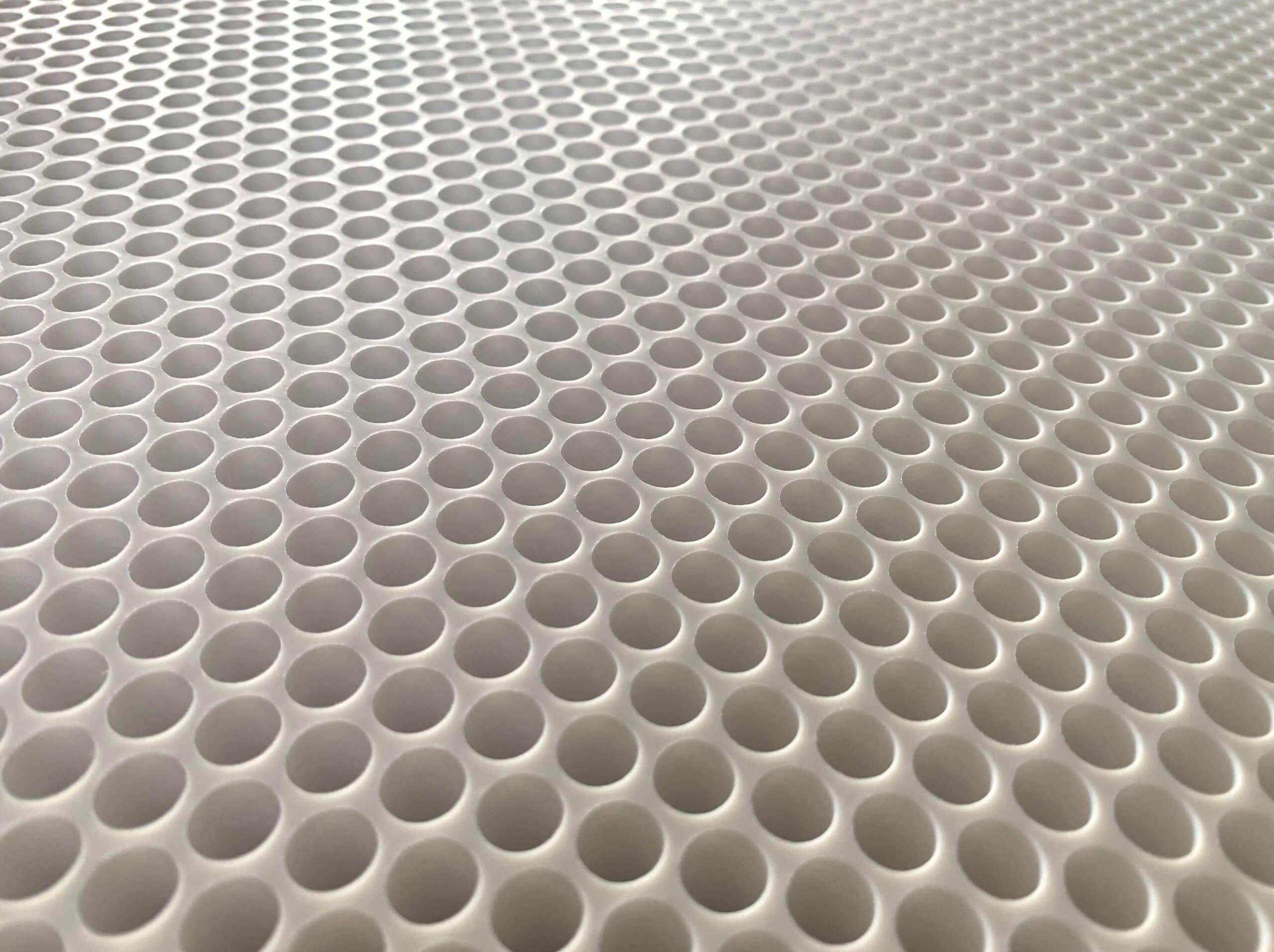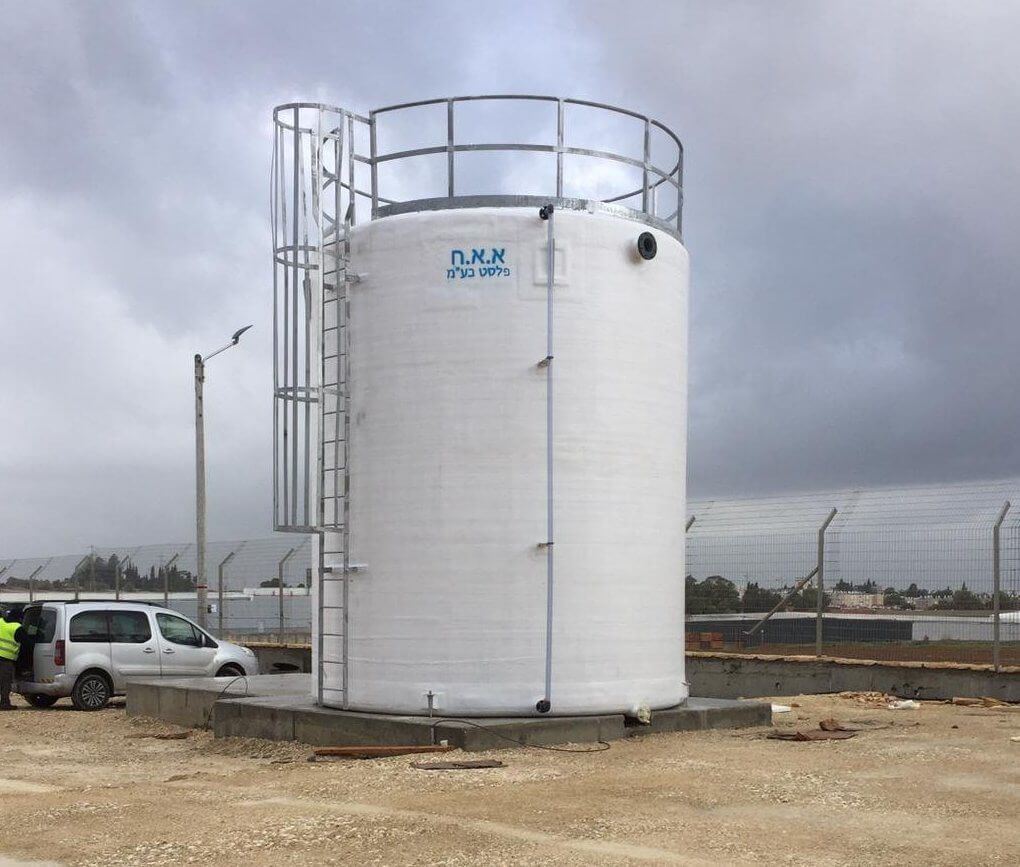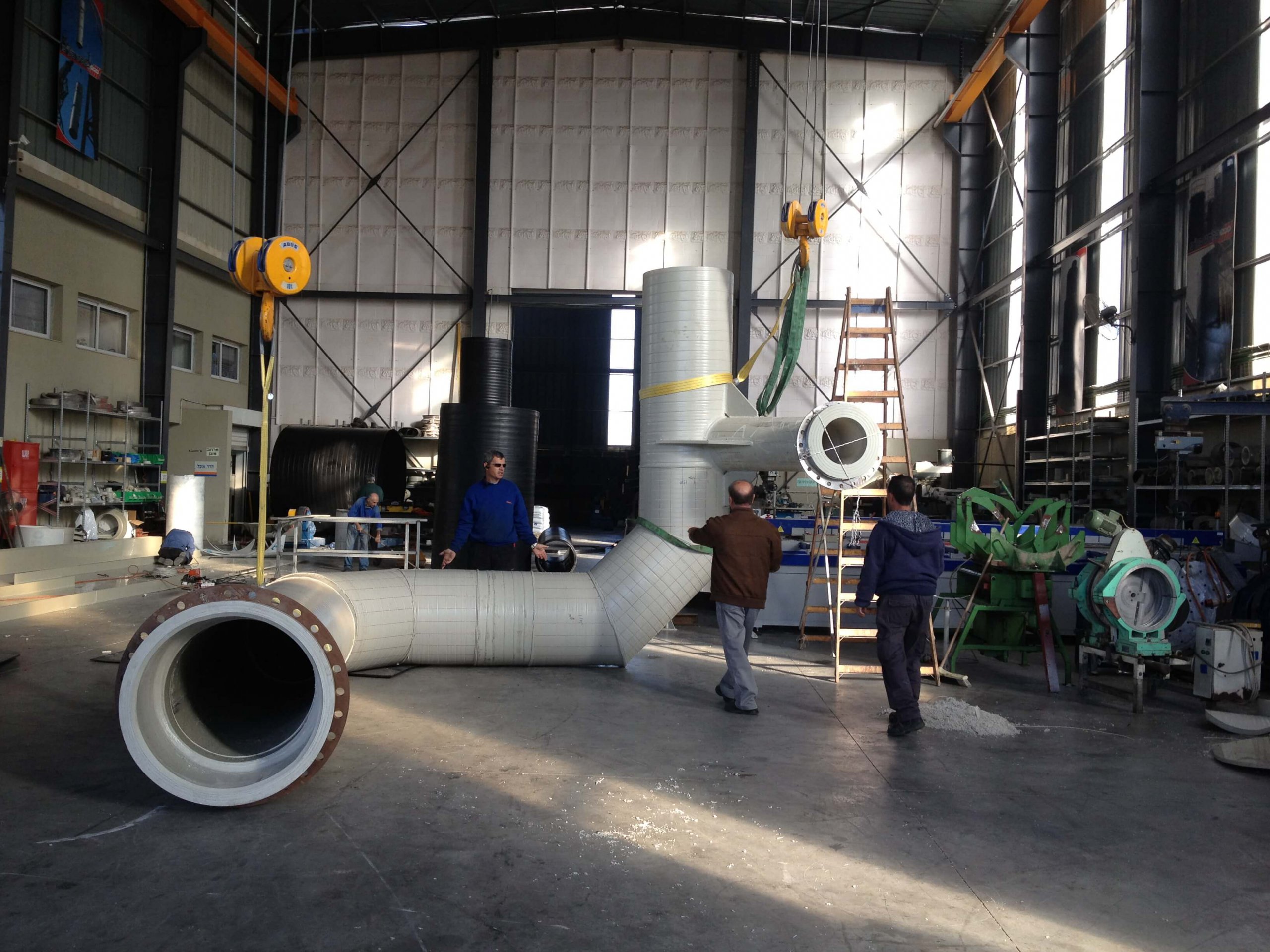Fiber Reinforced Polymer (FRP) profiles have emerged as versatile materials revolutionizing the realm of structural engineering. From stairs and ladders to railings and trellises, FRP profiles offer unparalleled durability, corrosion resistance, and design flexibility. In this article, we delve into the myriad applications of FRP profiles in constructive installations, highlighting their transformative impact on modern architectural and industrial landscapes.
1. Stairs: Ascending Innovation
Stairs represent quintessential elements in architectural design, facilitating vertical movement while integrating seamlessly into the surrounding environment. FRP profiles, renowned for their lightweight yet robust properties, have revolutionized stair construction, offering architects and engineers unparalleled design freedom and structural integrity.
The production of FRP stairs begins with the molding of profiles into desired shapes and dimensions, tailored to meet specific load-bearing requirements and aesthetic preferences. Advanced manufacturing techniques ensure precise fabrication, with attention to detail in texture and finish. Installation procedures prioritize ease and efficiency, with prefabricated components assembled on-site to minimize construction time and costs.
The inherent corrosion resistance of FRP profiles renders them ideal for both indoor and outdoor applications, withstanding harsh environmental conditions without compromising structural integrity. Anti-slip treads enhance safety, providing secure footing even in wet or slippery conditions. By harnessing the benefits of FRP profiles, architects can unleash their creative vision, crafting staircases that blend functionality with aesthetic appeal.
2. Ladders: Scaling New Heights
Ladders serve as indispensable access points in various industrial and commercial settings, facilitating safe vertical movement for personnel and equipment. FRP profiles have emerged as preferred materials for ladder construction, offering superior strength-to-weight ratios and resistance to corrosion, chemicals, and electrical conductivity.
Production involves the fabrication of ladder rungs and rails from FRP profiles, tailored to meet stringent safety standards and load-bearing requirements. Advanced manufacturing techniques ensure consistent quality and dimensional accuracy, with profiles engineered to withstand dynamic loads and environmental stressors. Installation procedures prioritize stability and longevity, with careful consideration given to anchorage and fastening methods.
The lightweight nature of FRP profiles simplifies transportation and installation, reducing labor costs and construction timeframes. Anti-slip surfaces and ergonomic design features enhance safety and usability, minimizing the risk of accidents and injuries. Whether in industrial facilities, marine environments, or recreational spaces, FRP ladders offer unmatched performance and durability, elevating safety standards and operational efficiency.
3. Railings and Trellises: Harmonizing Form and Function
Railings and trellises serve as essential elements in architectural design, providing safety, aesthetics, and structural support in various settings. FRP profiles offer architects and designers unparalleled versatility, enabling the creation of customized railings and trellises that harmonize form and function seamlessly.
The production of FRP railings and trellises begins with the molding of profiles into desired shapes and configurations, tailored to complement surrounding architectural elements and design motifs. Advanced composite materials ensure exceptional durability and weather resistance, making FRP profiles ideal for both indoor and outdoor applications.
Installation procedures prioritize precision and stability, with FRP profiles seamlessly integrated into existing structures using specialized fastening methods. Customized finishes and textures enhance visual appeal, transforming ordinary spaces into focal points of architectural excellence. By harnessing the inherent properties of FRP profiles, designers can unleash their creativity, crafting railings and trellises that redefine conventional notions of form and function.
In conclusion, FRP profiles have revolutionized the realm of constructive installations, offering architects and engineers unparalleled design freedom, structural integrity, and performance. From stairs and ladders to railings and trellises, FRP profiles continue to shape modern architectural and industrial landscapes, elevating structures to new heights of innovation and excellence.

